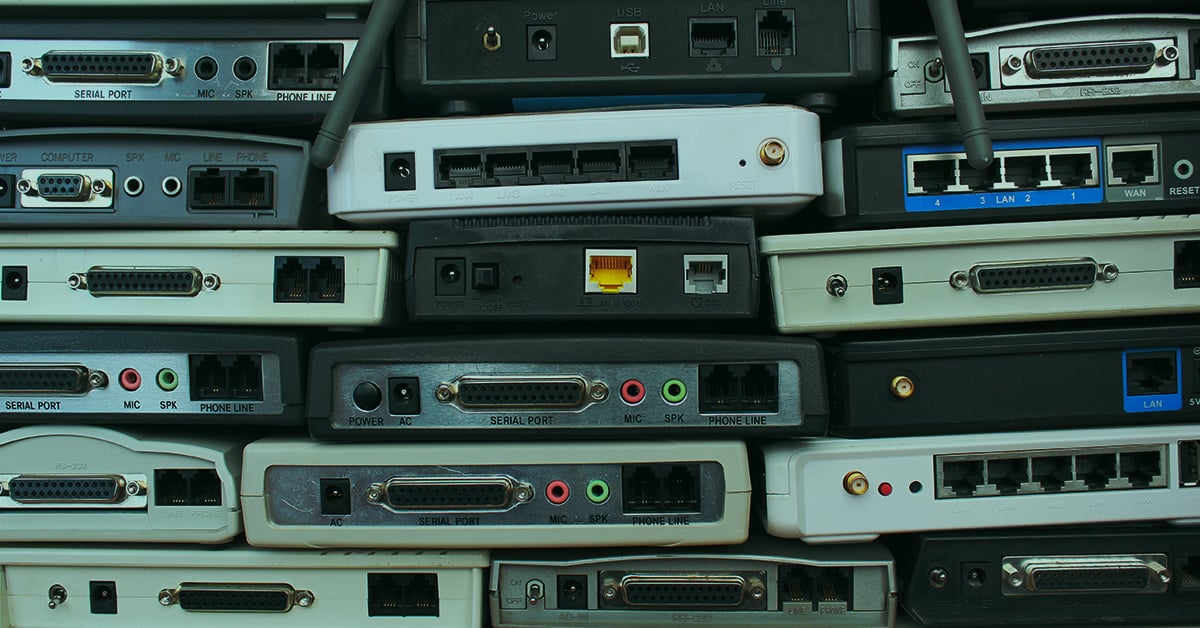How to manage customers’ WiFi networks without relying on CPE

For Internet service providers (ISPs), one of the biggest challenges is when customers call in with WiFi problems. After all, WiFi networks are completely separate from the service you provide—but customers tend to assume they’re the same thing, and will still call you about it.
One popular way to solve this is to place managed customer-premises equipment (CPE) into the customer’s home. That way, it’s easy enough to use a specific solution to log into that device so reps can manage the customer’s WiFi network remotely.
However, that does come with some downsides.
What are the downsides of CPE-based solutions for ISPs?
One of the biggest problems with CPE-based solutions is that they depend entirely on the ability to deliver hardware to customers. That relies on a few different factors:
- How you’re going to supply and manage inventory of the hardware
- How close you (or a satellite location) are to the customer
- Whether you can spare a truck roll for delivery and/or can do remote installations
- And how much you want to spend acquiring customers
On top of that, if your company isn’t using a CPE-based solution from the get-go, introducing it can also devolve into a long, expensive rollout process that may still not reach all of your customers. It all depends on who opts in!
Another common problem for ISPs using CPE-based solutions is that once you’ve got the device into the house, there’s a chance the customer may do something weird with the setup. If they do plug wires into the wrong spot or inadvertently block your equipment with an unmanaged device, for example, your reps still won’t be able to see the problem through the CPE, and they’ll have to resort to asking questions to eliminate possibilities.
And last but not least, like all hardware, CPE will age. It typically needs to be replaced (at the expense of the provider) every five to 10 years. Then, you’ll need to choose whether your company wants to stay with the same equipment so you can use the same dashboard to access it, or whether you want to introduce other devices and dashboards that your agents will need to learn.
So now that we know CPE-based solutions can be as much a hindrance as a help, let’s talk about other options for managing WiFi networks.
How to manage WiFi networks remotely—without relying on CPE
Introduce a universal solution that provides complete visibility.
The entire reason why ISPs go for CPE-based options is that they want to give support teams visibility into what could be causing slow speeds and other home internet performance issues. When reps can see the problem, they can solve it faster.
Instead of installing a specific device permanently into a customer’s home (and likely becoming hardware tech support too), what if you had a way to use any device the customer already has in their home?
With RouteThis, that’s exactly what you can do. Rather than relying on specific hardware, our app lets your reps transform the customer’s mobile device into a powerful network probe. That way, your reps get the same visibility into the home network, no matter the router or modem.
Add options for self-service support.
Today’s customers expect at least some options to find answers to technical problems on their own. Typically, though, this isn’t part of a CPE-based strategy. That leaves ISPs depending on content like blog posts, FAQs, and videos. This can help with umbrella topics, but won’t necessarily answer specific issues or provide details for less-technical users.
That’s exactly what we built Self-Help for. With the same app that gives your reps visibility, the customer can run scans on their own network for problems. Then, they can see what steps they can take to resolve the problem without having to call in a problem.
